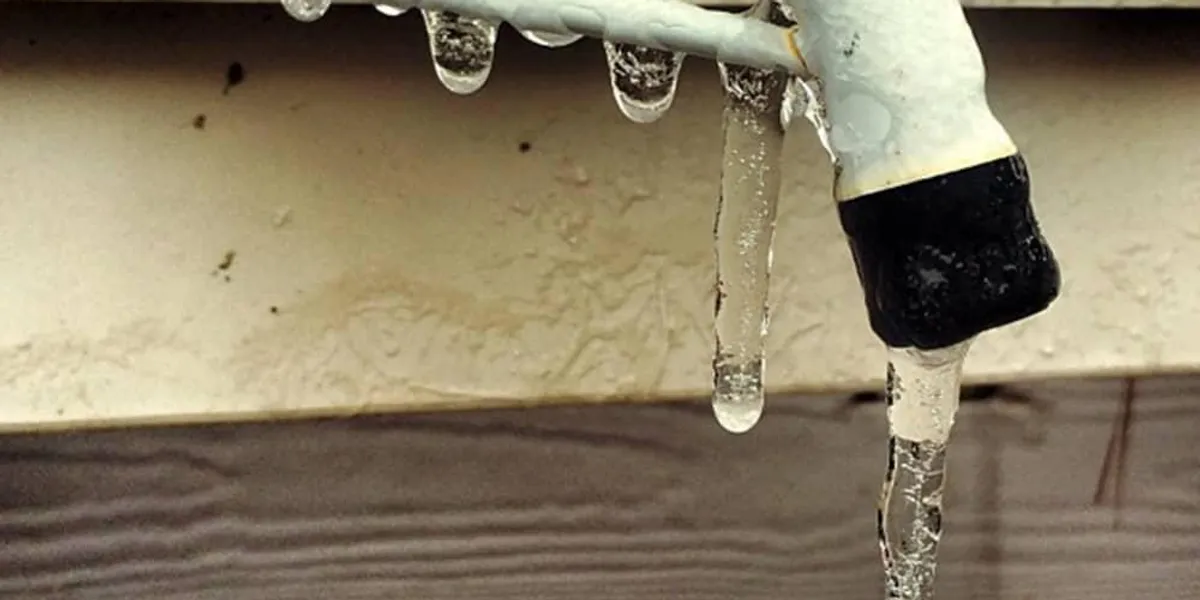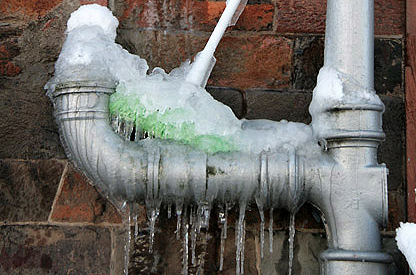Important Advice for Avoiding Frozen Pipes in Winter Conditions
Important Advice for Avoiding Frozen Pipes in Winter Conditions
Blog Article
How do you really feel in relation to Winter Plumbing Precautions: Preventing Frozen Pipes?

Cold weather can wreak havoc on your pipes, especially by freezing pipelines. Right here's how to prevent it from occurring and what to do if it does.
Introduction
As temperatures drop, the danger of icy pipes increases, possibly bring about expensive fixings and water damages. Recognizing exactly how to stop icy pipelines is important for homeowners in cool environments.
Recognizing Icy Pipelines
What triggers pipes to ice up?
Pipelines freeze when exposed to temperature levels below 32 ° F (0 ° C) for extended durations. As water inside the pipes ices up, it expands, taxing the pipe walls and potentially causing them to rupture.
Threats and problems
Icy pipes can bring about supply of water disturbances, home damages, and costly repairs. Ruptured pipes can flood homes and create comprehensive architectural damages.
Indications of Frozen Piping
Identifying frozen pipelines early can prevent them from breaking.
How to determine icy pipes
Seek reduced water circulation from faucets, unusual smells or sounds from pipes, and visible frost on exposed pipelines.
Prevention Tips
Protecting at risk pipes
Wrap pipes in insulation sleeves or use warm tape to protect them from freezing temperature levels. Concentrate on pipes in unheated or exterior areas of the home.
Heating methods
Keep interior areas adequately heated up, specifically locations with pipes. Open cupboard doors to permit cozy air to distribute around pipelines under sinks.
Securing Outdoor Plumbing
Garden hoses and outside faucets
Disconnect and drain pipes garden hoses before wintertime. Install frost-proof faucets or cover outside faucets with shielded caps.
What to Do If Your Pipelines Freeze
Immediate activities to take
If you think icy pipelines, keep faucets open to alleviate pressure as the ice thaws. Use a hairdryer or towels soaked in warm water to thaw pipes slowly.
Long-Term Solutions
Architectural changes
Consider rerouting pipelines far from exterior wall surfaces or unheated areas. Include added insulation to attic rooms, cellars, and crawl spaces.
Updating insulation
Invest in top notch insulation for pipelines, attics, and walls. Correct insulation aids preserve constant temperature levels and decreases the danger of icy pipes.
Verdict
Avoiding icy pipes requires proactive measures and fast feedbacks. By recognizing the causes, indicators, and preventive measures, property owners can protect their pipes during winter.
5 Ways to Prevent Frozen Pipes
Drain Outdoor Faucets and Disconnect Hoses
First, close the shut-off valve that controls the flow of water in the pipe to your outdoor faucet. Then, head outside to disconnect and drain your hose and open the outdoor faucet to allow the water to completely drain out of the line. Turn off the faucet when done. Finally, head back to the shut-off valve and drain the remaining water inside the pipe into a bucket or container. Additionally, if you have a home irrigation system, you should consider hiring an expert to clear the system of water each year.
Insulate Pipes
One of the best and most cost-effective methods for preventing frozen water pipes is to wrap your pipes with insulation. This is especially important for areas in your home that aren’t exposed to heat, such as an attic. We suggest using foam sleeves, which can typically be found at your local hardware store.
Keep Heat Running at 65
Your pipes are located inside your walls, and the temperature there is much colder than the rest of the house. To prevent your pipes from freezing, The Insurance Information Institute suggests that you keep your home heated to at least 65 degrees, even when traveling. You may want to invest in smart devices that can keep an eye on the temperature in your home while you’re away.
Leave Water Dripping
Moving water — even a small trickle — can prevent ice from forming inside your pipes. When freezing temps are imminent, start a drip of water from all faucets that serve exposed pipes. Leaving a few faucets running will also help relieve pressure inside the pipes and help prevent a rupture if the water inside freezes.
Open Cupboard Doors
Warm your kitchen and bathroom pipes by opening cupboards and vanities. You should also leave your interior doors ajar to help warm air circulate evenly throughout your home.

I found that piece of writing about How to Prevent Your Pipes From Freezing when surfing around the search engines. Kindly take the opportunity to promote this blog if you liked it. Thanks so much for going through it.
Maintenance Sign-Up Report this page